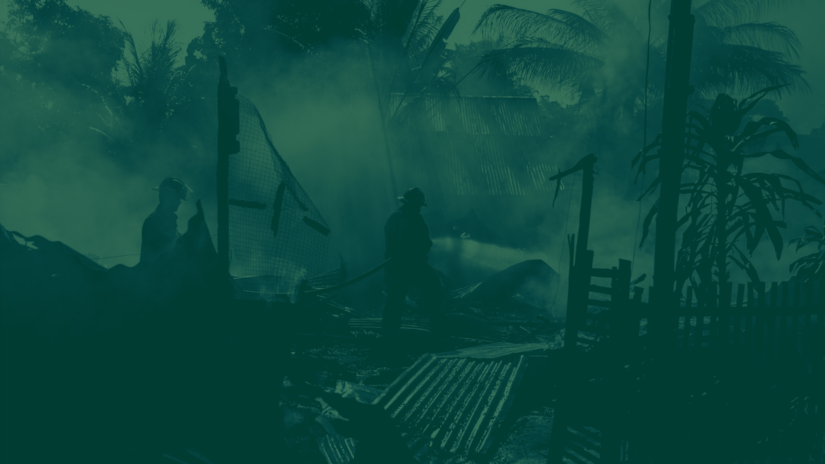VUCA
The world we live in is volatile, uncertain, complex, and ambiguous — changes happen rapidly; many things are unpredictable; everything is interconnected, and interpretations are subjective.
Under this reality, we find ourselves and the systems we have created, constantly at risk. And with the expanding impact of climate change, the risks are growing bigger.
Over the past two decades, we have seen natural and man-made hazards become more severe and occur more frequently. Unfortunately, while our exposure and sensitivity to these hazards have increased, our adaptive capacity has not improved as much. These are the challenges of building disaster resilience — reducing our exposure and sensitivity and increasing our ability to adjust to potential disasters.
Traditionally, sadly until now, the immediate response to VUCA is still response. Unknowingly or consciously, most companies depend on their physical security teams to handle disaster response on the ground. The OSH team are not geared towards DRR scenarios. The BCP is still IT-centric and not yet enterprise wide in coverage. The management of crisis is focused on ending the critical situation instead of looking also for opportunities.
Disasters may happen anytime, anywhere, in any manner. But before we even attempt to build resilience, we need to understand what it is first.

